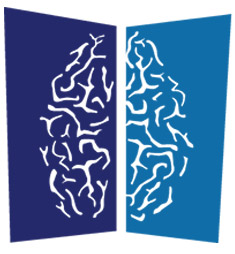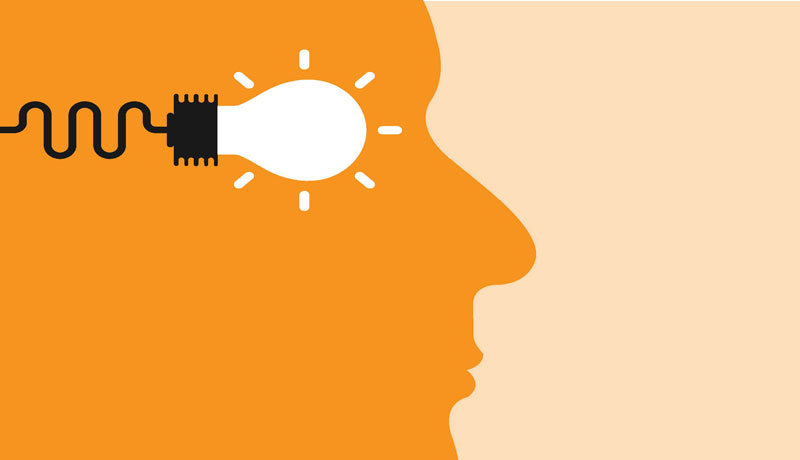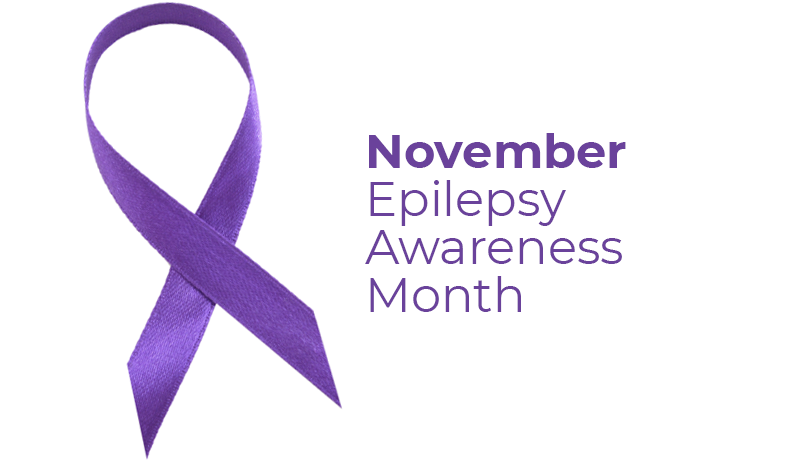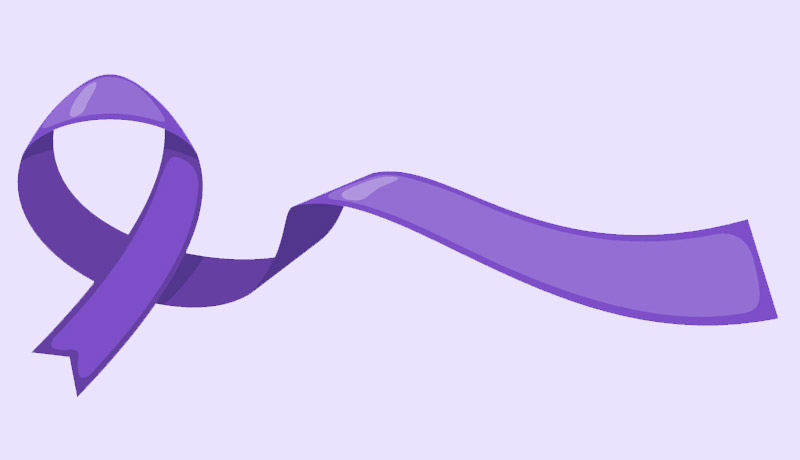Researchers have come up with a way for epilepsy patients to receive crucial advanced understanding of their chances to improve their symptoms through surgery.
This is due to a far more accurate method of determining precisely what portions of the brain suffer from the disease. The researchers, from Case Western Reserve and the Cleveland Clinic, were quoted in an article in Science Daily (Oct. 30, 2013).
Roberto Fernández Galán, PhD, the paper’s senior author, and his collaborators’ findings can provide patients and physicians with better evidence of whether temporal lobe surgery will provide the results they seek.
“Our analysis of neuronal activity in the temporal lobe allows us to determine whether it is diseased, and therefore, whether removing it with surgery will be beneficial for the patient,” Galán said. “In terms of accuracy and efficiency, our analysis method is a significant improvement relative to current approaches.”
Some one-third of temporal lobe epilepsy patients opt for lobectomies to alleviate symptoms when medication fails. However, surgery helped in only some 60–70% of cases. The success rate was reduced because of the difficulties in identifying the diseased brain tissue prior to the procedures.
Galán and Cleveland Clinic investigators used intracranial electroencephalography (iEEG) to identify the epileptic lobe with 87% accuracy. An iEEG measures patients’ functional neural connectivity – communication from one brain area to another – through electrodes implanted in the brain. A diseased lobe typically shows weak connections.
The study analyzed the data from 23 temporal lobe epilepsy patients who had all or part of their temporal lobes removed after iEEG evaluations. While more research is needed, it is a step towards using functional connectivity to make clinical decisions in the treatment of epilepsy.

ANA is a team of expert neurosurgeons and medical professionals, who combine their decades of knowledge to provide information, events, and articles on a range of neurological conditions.



